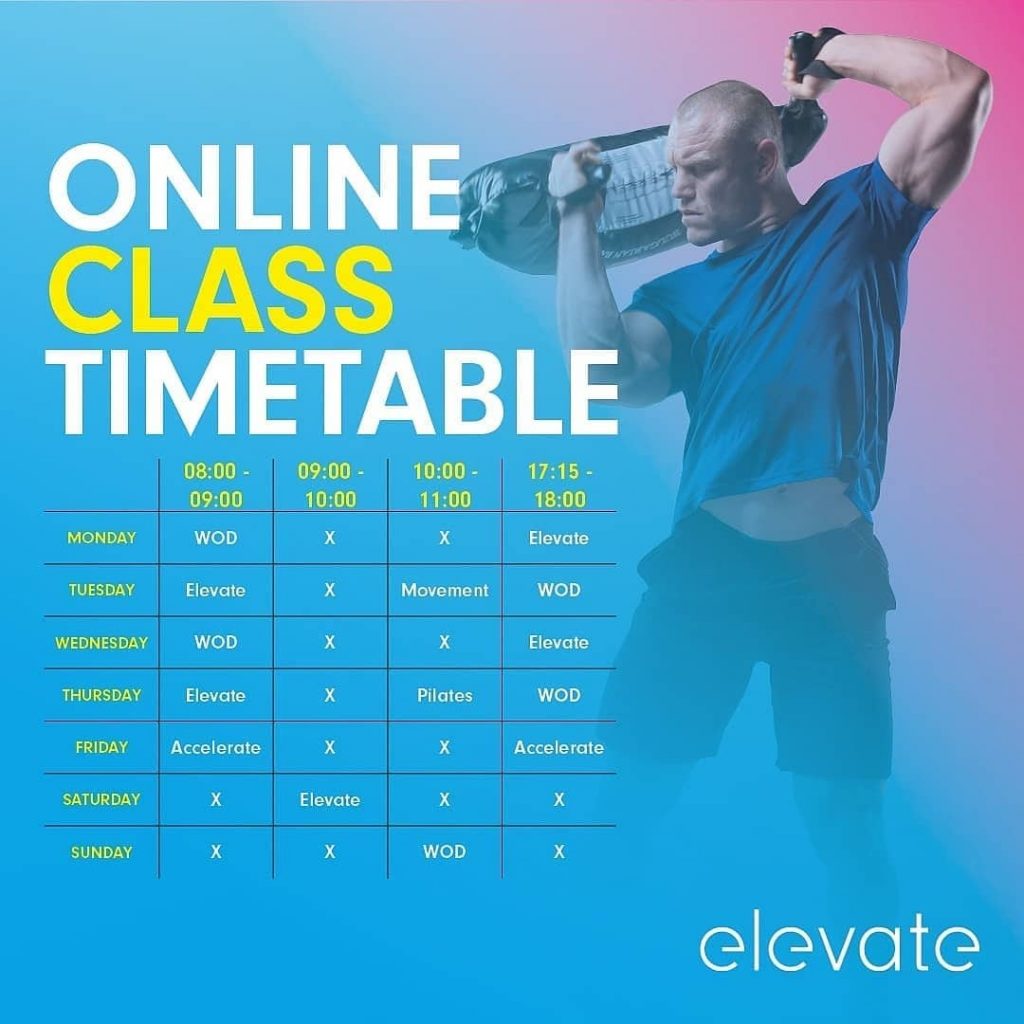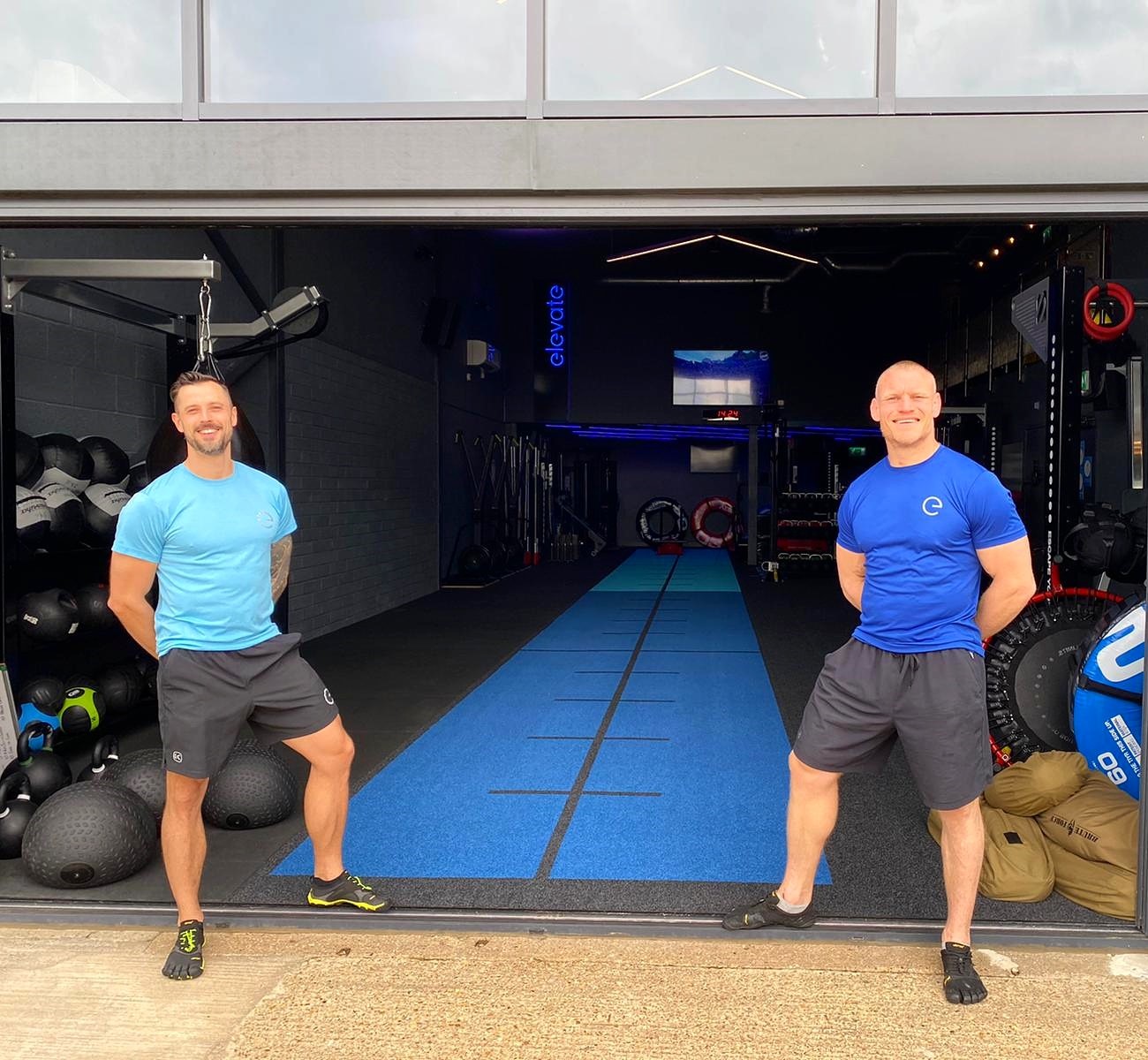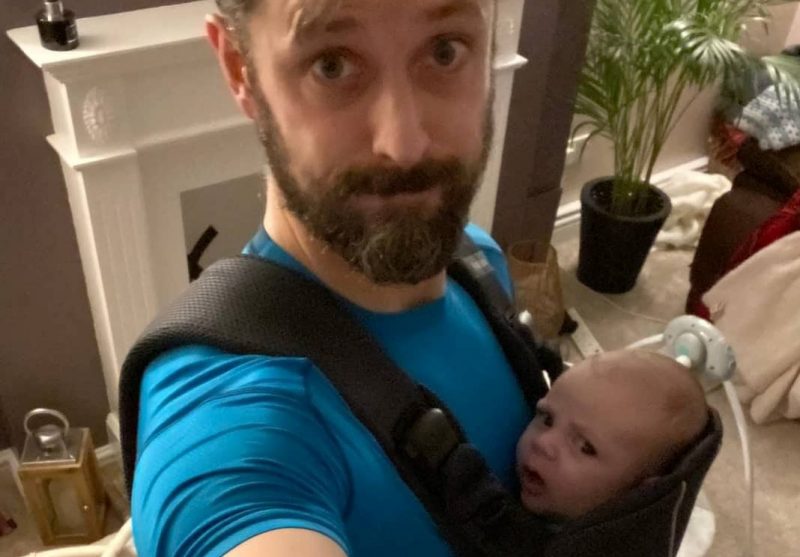How to get the most out of your training at home following primal movements
Exercise and planning training sessions can be hard and overwhelming, especially when you start looking online, as everyone’s advice is different. So where do you start?
One consistent you can always fall to for guidance, no matter what equipment you’re using, is to follow the primal movements. Here at Elevate we always have these principals in mind when putting together our coaching sessions and all our classes.
Simplicity is Key
It’s all too easy to over complicate stuff and increasing the complexity of a task or a goal won’t actually get you there any quicker necessarily. But it will definitely give you headache and leave you feeling lost and out of your depth.
90% of the time our goals within our health and fitness, and the reasons why we exercise, revolves around a physique change. We all want to look better in the mirror right…! How we train can and will have an effect on this physique change, however predominantly it’s our nutrition and recovery that dictates the biggest difference. Exercise is the cherry on the top of the cake.
You Can’t Out Exercise A Bad Diet
We’re not here to talk about your nutrition, but we wanted to set it out early on that you’re not going to read this and find the magic workout that’s going to get you killer abs. Sorry… you’ve also got to watch the stuff you’re putting in your mouth.
So on with the subject at hand. Training itself is actually really simple. Training is, or at least it should be a stress on the body – the body responds to that stress and an adaptation occurs. Simples…!
No matter your training goals this stress principle should always be relevant. If you’re a powerlifter, a marathon runner, an office worker or a stay at home parent it’s all the same when it comes to exercise.
Each group of people I’ve just mentioned despite their obvious differences should all work from the same corner stones for their training. Yes, to the un-trained eye they may all train completely differently and at all varying loads and frequencies. However, the nuts and bolts at the core of it all will cover these corner stone’s we’re going to tell you.
These corner stones will give you the strongest foundations possible to which your training life is then built on top. Good foundations will give you a strong and robust body that can tackle the everyday. Just like your house, weak foundations and that house will subside and cause you a lot of problems.
In no particular order, here are the “8 Corner Stones” that you all need to be doing.
Push & Pull
An upper body push and pull can be in a horizontal or vertical plane and anywhere in between. Applying full movement within a pull and push across these movement planes both loaded and unloaded can predominantly look after the health of your shoulder girdle and upper body.
Squat & Lunge
Both the squat and lunge are knee dominant movements and should be taken to their fullest and deepest positions possible for you. When loading however, only go to a depth where you can maintain positive spinal mechanics, avoiding the butt wink (lumbar flexion) whenever possibl
Hinge
A hinge is a hip dominant movement and are exercises like deadlifts and kettlebell swings. Predominately an extensor chain movement which due to our modern lifestyles where we are sitting for longer periods of time, it’s more important to wake up and work these muscles.
Brace & Rotation
Brace and Rotations focus on truck movements or as some may call them core exercises, either way, the objective is to do exactly what it says on the tin, brace and rotate. Braces can be as simple as a plank or leg raise to the more complex of instability type exercises where the truck or posture is being challenged. Rotations can be loaded with exercises like landmines or med-ball throws or unloaded like window wipers.
Carry
This doesn’t get any more complex than loading and moving. Some may say this would fall under the brace category and I would wholeheartedly agree, however the main difference is the carry will include some form of locomotion where a brace necessarily won’t.
All the above have a common theme of moving fully across all planes accessible to the body and forcing the body to move under load in ways that it should do in everyday life. Some of these have been coined as primal movements, purely because these should be movements that we do access daily in tasks of life. But in our increasing sedentary lifestyles it’s never been more important to insure we are ticking all these corner stone’s off when we exercise.
Now these corner stones can be used in an endless possible number of variations to achieve “Mechanical Tension”, “Metabolic Stress” and “Muscle Damage”. Now as complex as they may sound, all these fancy words are the modalities that change depending on your sport or goals. A powerlifter will have a higher focus on mechanical tension exercises. A marathon runner will have a higher focus on metabolic stress exercise and the parent at home should be doing them all.
Now you can take these corner stones and put them to work. Let us know how you get on!

Why not check out how we use these movements in a few of our free online classes. All sessions have been adapted so you can do them from home with no equipment and our trainers will be there to guide you through. Interested? Click here to book: https://bit.ly/ElevateGymClasses



